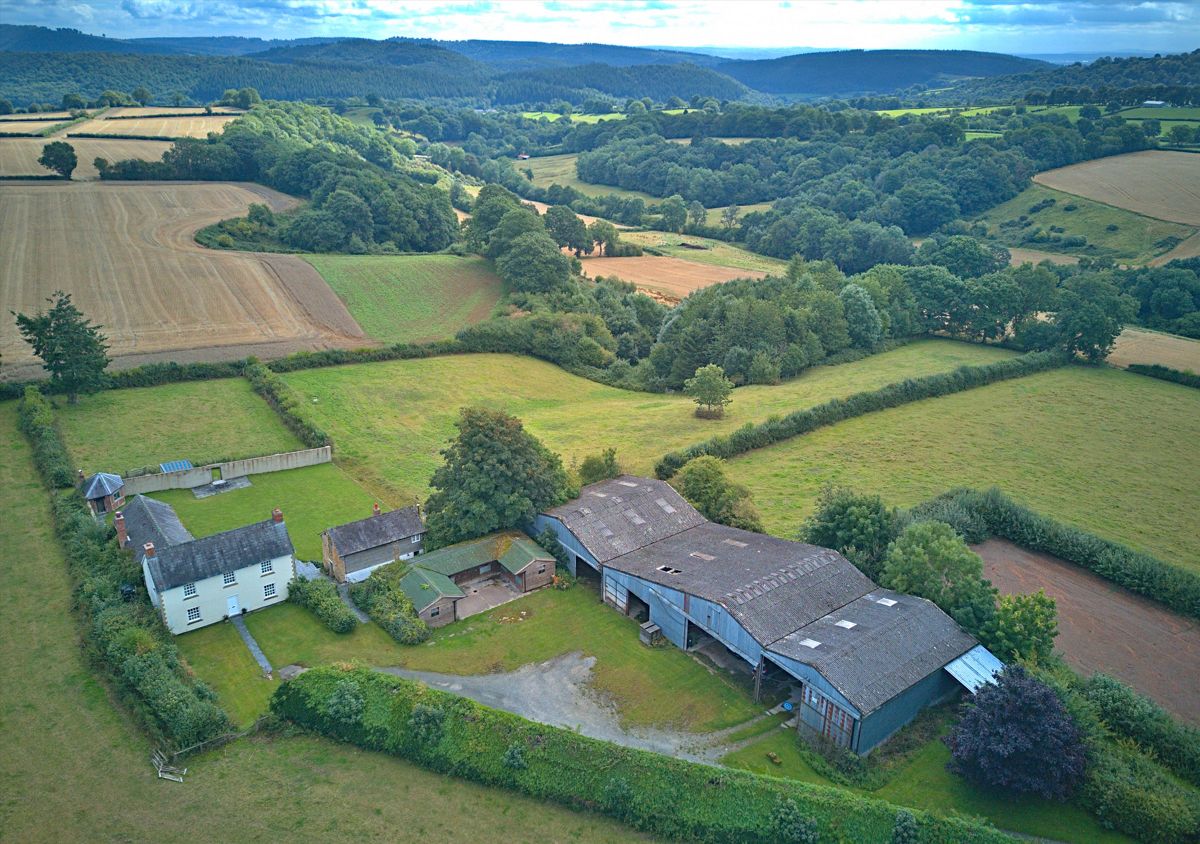Huge opportunities in rural diversification
Knight Frank Finance is increasingly helping rural businesses with their diversification plans. Robyn Wilson talks to the team’s new rural expert, former agricultural bank manager Bradley Smith, to find out more
4 minutes to read
How does a farmer sell 750,000 chickens after all the original buyers withdraw overnight?
It’s a puzzle that one UK-based livestock farmer had to grapple with after Covid-19 forced its hospitality partners to temporarily close during lockdown.

“When Covid hit, hotels shut down overnight so this farm had three-quarters of a million chickens that were too big for the supermarkets – and that they couldn’t sell,” says Bradley Smith, an agriculture finance specialist who works with farmers, landed estates and private landowners for Knight Frank’s Finance team.
“If you’re averaging around £2 a chicken, that is a big value of stock that is sitting on your farm, eating every day, and getting bigger. Fortunately, they managed to find a home for them, but it caused two weeks of stress and panic for the business until they did.”
A £600,000 Coronavirus Business Interruption loan was enough to give the farm in question some breathing space before business recovered five months later. Their story reflects a broader surge in landowners seeking to leverage finance to offset pressures caused by the pandemic, Brexit and most recently the war in Ukraine, which has prompted costs for critical products such as fertiliser to rocket.
To date, around 37% of farmers have already diversified, a figure that is growing year-on-year, says Bradley.

“There have been very good and very bad years for most agricultural industries over the last three to four years and those peaks and troughs seem to be widening, so it makes sense that businesses are looking to soften that uncertainty with more stable and diverse income streams.
“At the same time, interest rates have been very low – they still are, if you consider they were sitting at 5%–6% for a long time. So, naturally, businesses have wanted to take advantage of that.”
Diversifying income
Recent examples include a farm that turned a number of disused barns and buildings across its 3.5-acre estate into a thriving commercial and residential lettings business.
“They had a massive amount of redundant buildings and over the last decade, while the cost of borrowing has been so low, have been raising capital to invest and build out those properties as and when they are approached by prospective tenants,” explains Bradley. “So, they’ll upgrade a building specifically for a tenant and then move on to the next and do the same.”
As a result, the farm has grown its yearly rent roll from £500,000 to £1.2 million – with an average yield of 20%.
“That really is securing their farm for the future and the next generation because they’re becoming less reliant on the peaks and troughs of farming. Before they get out of bed in the morning, they’ve got £1.2 million a year coming through the door.”

Helped by the pandemic-driven trend for staycations, tourism has also become a popular alternative, with farms in scenic locations transforming their land into glamping or B&B destinations.
Sustainable schemes, too, are rising, with a number of renewable projects in the pipeline offering multiple benefits for landowners, says Bradley. “You have the very big schemes such as a 100-acre site where the farm gets free energy and charges a ground rent to the solar business, which are often backed by big investment houses like pension funds.”
Smaller scale schemes include installing solar panels on buildings that require energy, which can be particularly beneficial for energy-hungry farms, says Bradley.
“I work with one farmer who produces ice-cream so needs a lot of energy during the summer months. They have a solar farm which keeps their energy bills down.”

Green schemes
These green schemes are often cheaper to fund, says Bradley. “Whether it’s a discount on the lending rate or a discount on the fee, if you can find a green project, chances are there’ll be lenders out there chomping at the bit to lend to it.
“Remember, lenders have all committed to lend 5% of their book to green areas, which none of them are currently hitting, so they need projects to come forward to invest in.”
That said, there are some things borrowers should watch out for. “Certain banks seem to be shying away from renewing interest-only deals where they might need to churn a bit of their debt book,” says Bradley.
“But all that means is when a five-year commercial term lend comes to an end, they’ll have to rebank. I’ve been helping a number of borrowers find interest-only deals elsewhere.”
Overall, lenders are generally very keen to lend to the sector, it’s just about finding the right banks who are interested in your area, says Bradley.
“Banks all have different appetites for different parts of farming, and every other business, depending on any exposure they’ve had to it in the past. So, if one bank says no, it’s not that it’s a bad deal, it’s just about marrying those positions together.”